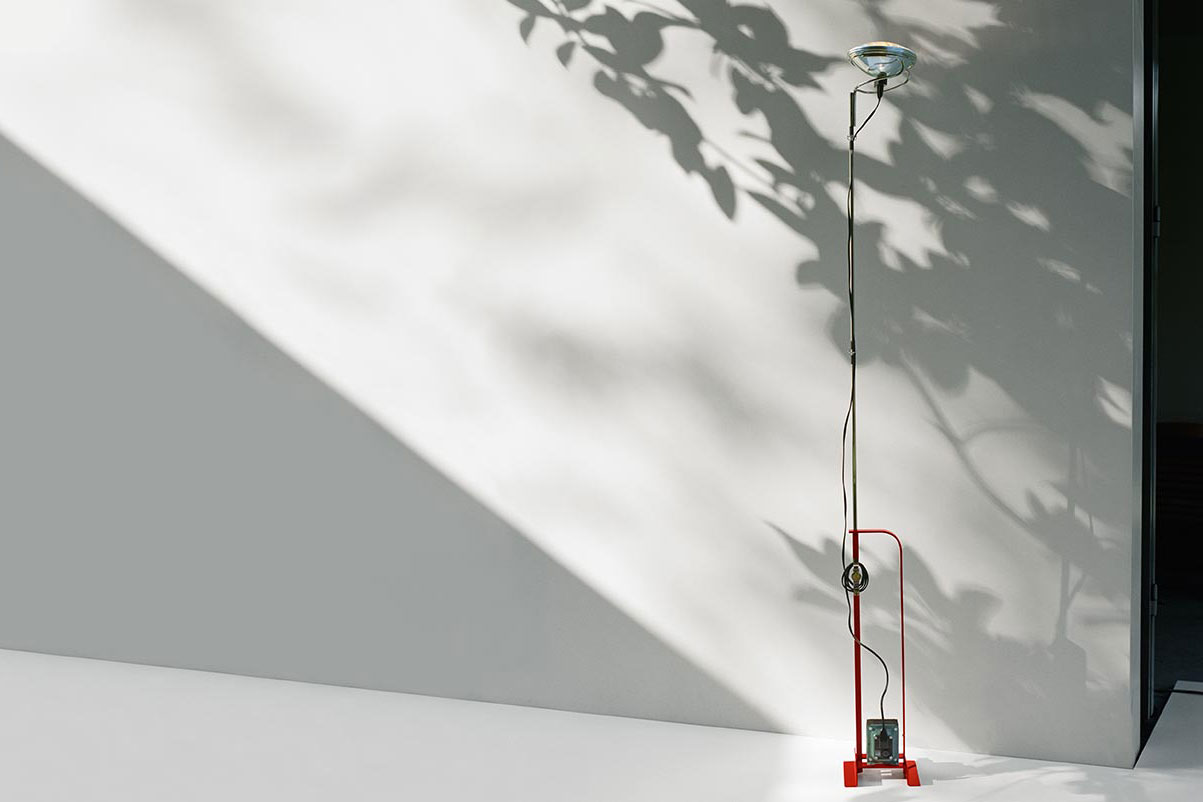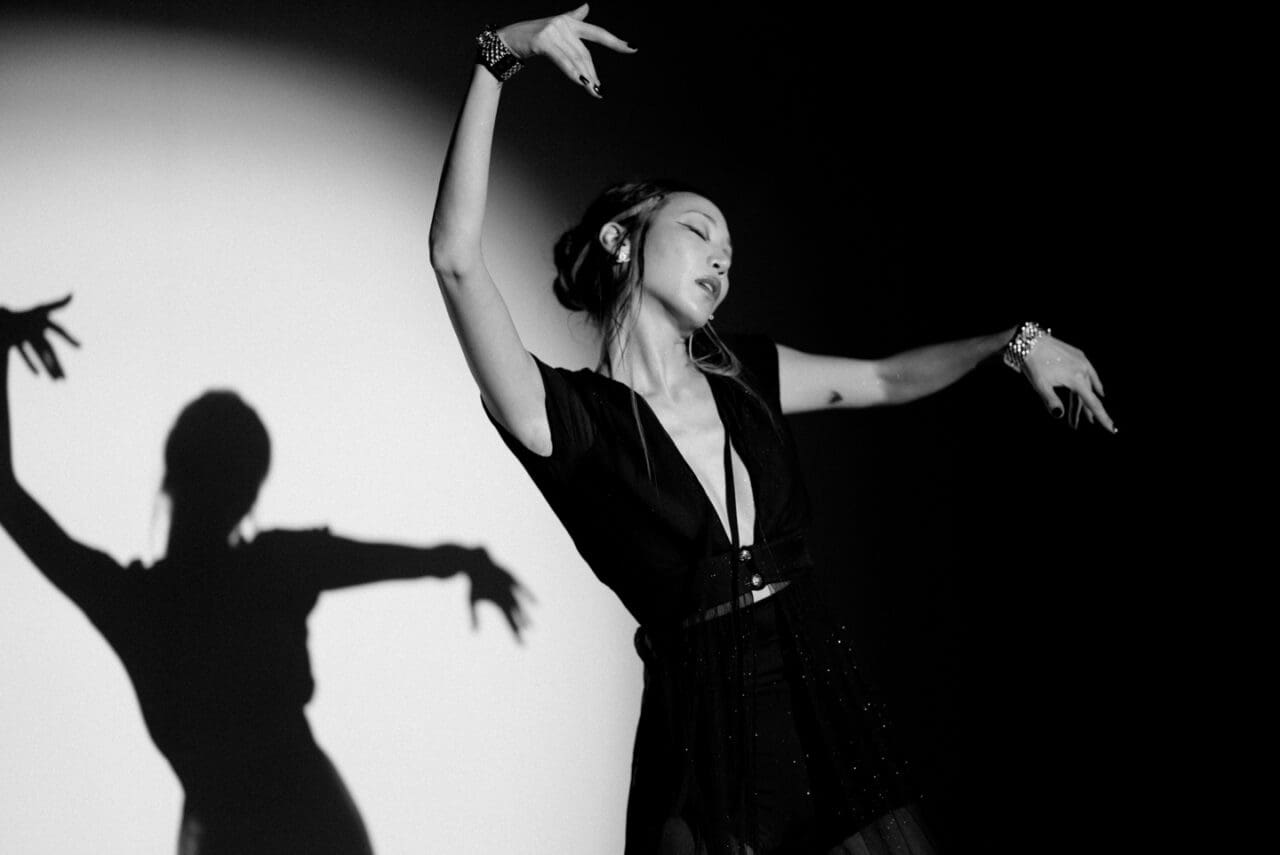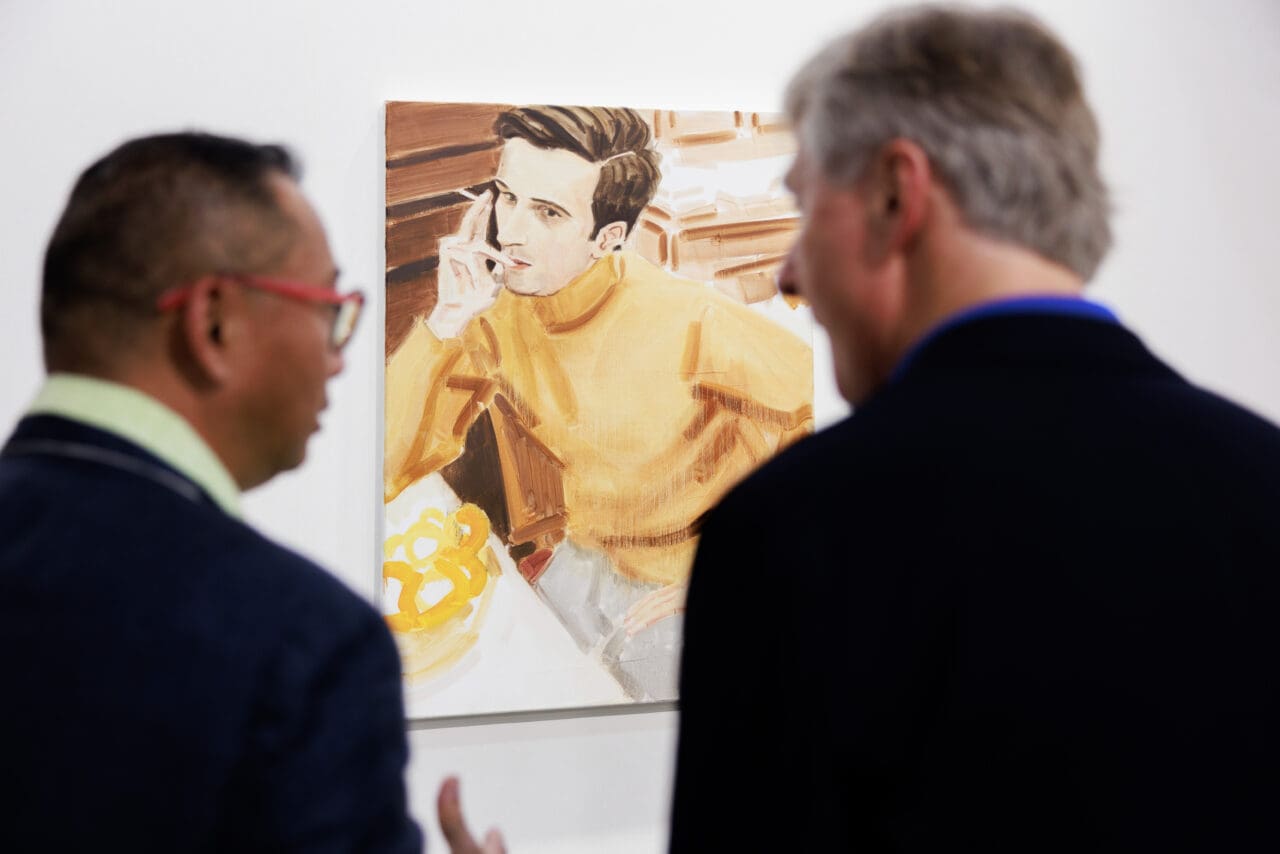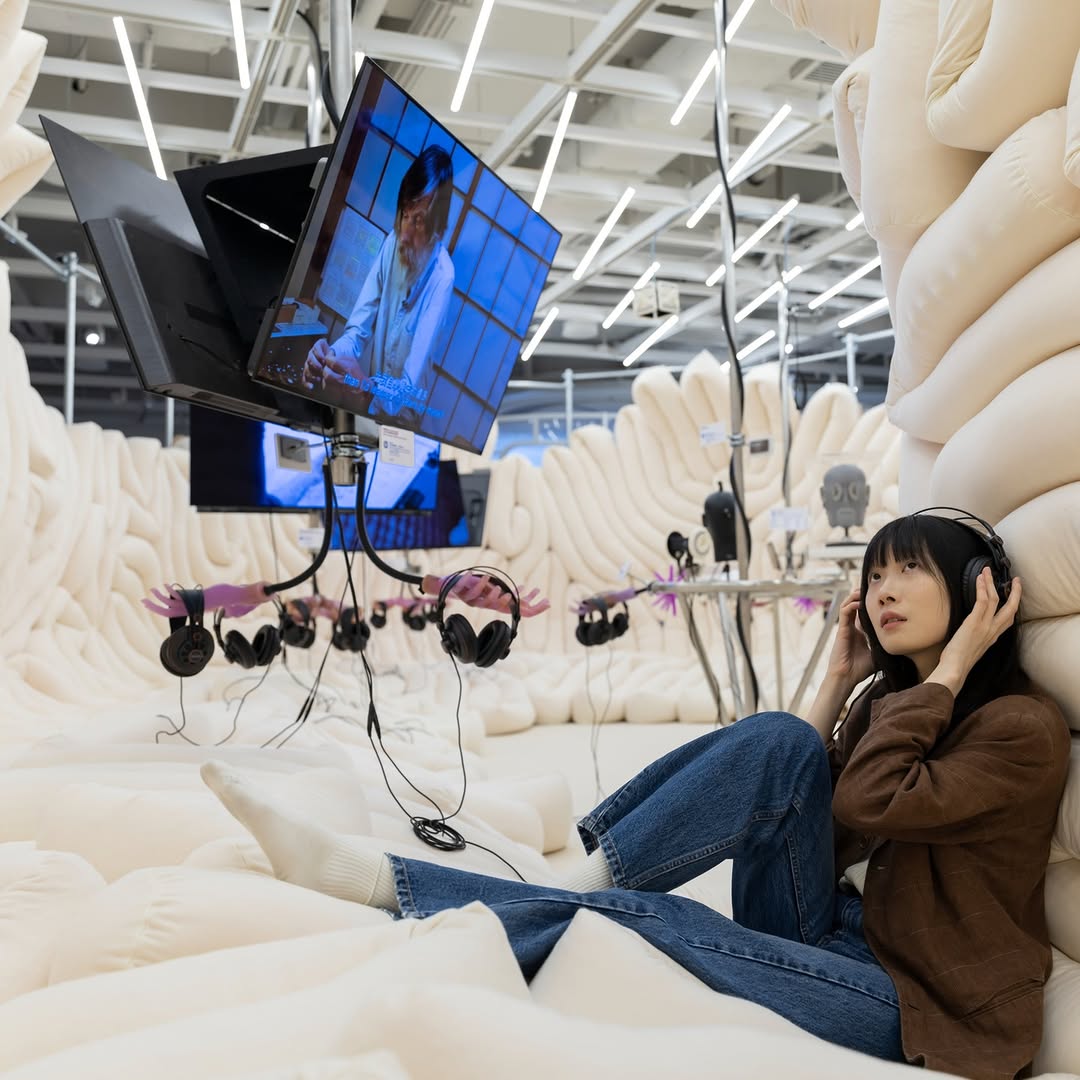A mythical qilin bounding up a rock face towards a phoenix; topless women being disemboweled by demons; a benign tiger wearing a bow tie; and a soaring, 44-metre-tall pagoda – these are images that have been seared into the minds of many a child who visited the Tiger Balm Garden, a fantastical space filled with both curiosities and horrors that existed high above Tai Hang between 1950 and its eventual demolishment in 2004.
The eight-acre garden was the work of the Aw brothers, the Burmese-Chinese tycoons behind the Tiger Balm ointment empire, who built it at a cost of HK$16 million to instill Confucian and Taoist values of virtue into the general populace, who they feared were losing grip on traditional Chinese values. Today, however, the only part of the garden that remains is Haw Par Mansion, the former private residence of the Aw family that has been revitalised over the past decade to become the Haw Par Music Foundation, in a bid to educate the youth of Hong Kong through the medium of music.
“Haw Par Mansion was never open to the public, however the exterior surroundings, the Tiger Balm Garden, was built with a vision of giving back to the community,” says Marisa Yiu, the executive director of the Design Trust, a non-profit organisation dedicated to incubating local design talent. Dressed effortlessly in a Prada trench coat, the Hong Kong-born, Princeton-educated architect is walking us through the mansion’s eccentric 1930s-era interiors that were inspired by a liberal mixing of cultural influences. Pointing out the Italian stained glass windows and distinctive Chinese moon gate, to the gold-gilded timber mouldings that reference Burmese temples, she continues: “We can learn from history and also to look at how other members in society innovated. What’s amazing about this space is its ability to question Hong Kong’s identity and multiculturalism.”
The eclectic Chinese Renaissance style of the residence served as the basis for the Design Trust Future Studio’s theme this year, ‘Heritage Is Innovation,’ which the organisation used to challenge its grant recipients to design site-specific installations. Eight local designers were subsequently matched with eight accomplished design mentors – including the likes of G.O.D. founder Douglas Young and Chinese architects Neri & Hu – who guided them in taking elements from Haw Par Mansion’s chimerical spaces to create installations that engage all the senses. Xavier Tsang’s pendulum-like sculpture, for instance, diffuses scents that were inspired by the Ten Courts of Hell wall sculpture in Tiger Balm Garden, while Florian Wegenast and Christine Liew constructed a lighting installation using original roof tiles from the mansion itself yet mimics the graceful stalks of bamboo.
Whereas Tiger Balm Garden sought to create a moral order by confronting visitors with vignettes of eternal damnation, Haw Par Mansion takes the opposite approach in providing the city’s creative minds with a space to thrive. In the same spirit, Marisa sees the Design Trust Futures Studio as a chance to provoke and nurture the next generation of design talent away from the constraints of the design industry.
“That’s something we don’t have in Hong Kong. We’re always meeting deadlines, client briefs or something that’s constraining. But how do you foster a moment where you’re allowed to work on your own terms, with a brief that you can break once in a while?” The answer, much like the idiosyncratic architecture of Haw Par Mansion, lies in breaking the rules.
The Design Trust Futures Studio will unveil its 2019 ‘Heritage Is Innovation’ programme exhibition to the public at Haw Par Mansion in September this year.
Marisa’s designer picks
Photography: Amanda Kho
Makeup: Jaime Smith
Editor
Gavin Yeung



















